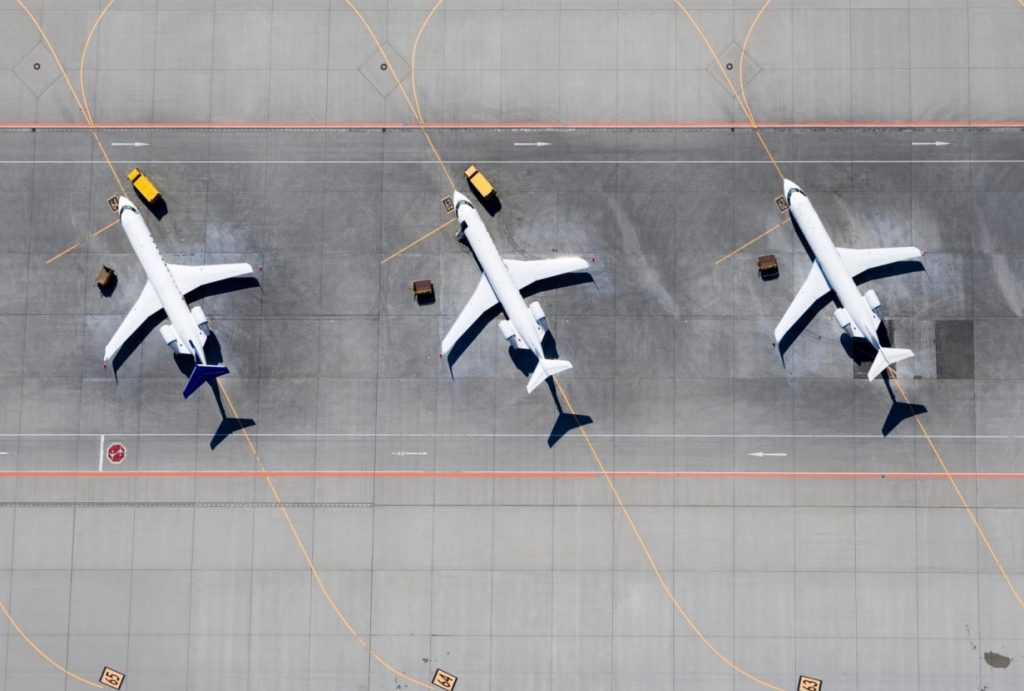The aviation world is getting a fresh blueprint, one where domestic and international passengers mingle instead of being segregated. IATA’s new report argues that combining the two flows in airport terminals could be a game-changer for efficiency, experience and even sustainability.

What’s the status quo?
Currently, many airports keep domestic and international passengers in separate terminals or zones, thanks to immigration, customs, security and infrastructure rules. This arrangement adds complexity, duplicate processes, and often means wasted capacity and higher costs.
What’s the future looking like?
IATA envisions a future terminal model where passengers enrol into biometric systems early, then move freely through shared spaces before boarding, regardless of whether they’re flying domestically or internationally. That means the segregation walls (figurative and physical) start coming down.
Why bother? Because the benefits are big,and the report says so.
Here are some of the standout advantages:
- Better passenger experience: fewer confusing zones, shorter journeys, more intuitive layouts.
- Lower capital and operating costs: fewer separate facilities, less duplicated infrastructure, reduced staffing and utilities needs.
- More capacity, smarter use of space: mixing flows means airports can serve more travellers without always expanding physically.
- Revenue upside: more time for passengers in retail zones means potential uptick in spending; quicker processing may entice more travellers.
- Green credentials: reduced infrastructure, improved space utilisation and less duplication = lower embodied and operational carbon footprint. For example, airports could save up to 1 million kgCO₂e per million passengers per annum (MPPA) in embodied carbon in some cases.
Key numbers to understand
- The “Combined Passenger Impact Ratio” (CPIR) shows how much head-room for growth airports might unlock when domestic and international peaks don’t overlap. Reported CPIRs ranged 6% to 34% across case studies.
- Annual operating expenditure (OPEX) savings for airport staff and utilities were estimated: for example, staff cost efficiencies of 6%-34%, utilities savings in the millions USD.
- Biometric system hardware estimates: a self-service boarding gate with integrated biometrics could cost about USD 40,000 per touchpoint (equipment + installation) in the given benchmark.

But hold on, it’s not all smooth sailing
- Up-front investments are required, so airports will need to deploy biometric technology, integrate systems, remodel spaces.
- Each airport is different and the benefits depend heavily on the existing terminal layout, segregation level, peak patterns and regional context. The report stresses that stakeholders must do their own cost-benefit analysis.
- Some stakeholders (for e.g., ground handlers) may see reduced revenue from fewer bussing/towing operations that segregation currently enables.
With passenger numbers expected to grow and airports under pressure to cut costs, simplify journeys and reduce carbon, the wasted space and duplicated functions of current segregated terminals look increasingly outdated. IATA is basically saying mixing flows is a smart strategic move.
In essence, if airports are looking to boost efficiency, enhance the passenger journey, reduce costs, and go greener, they should consider integrating domestic and international flows, enabled by biometric tech. It’s cost and time efficient, it’s clever, and it might just redefine our next airport check-in.


